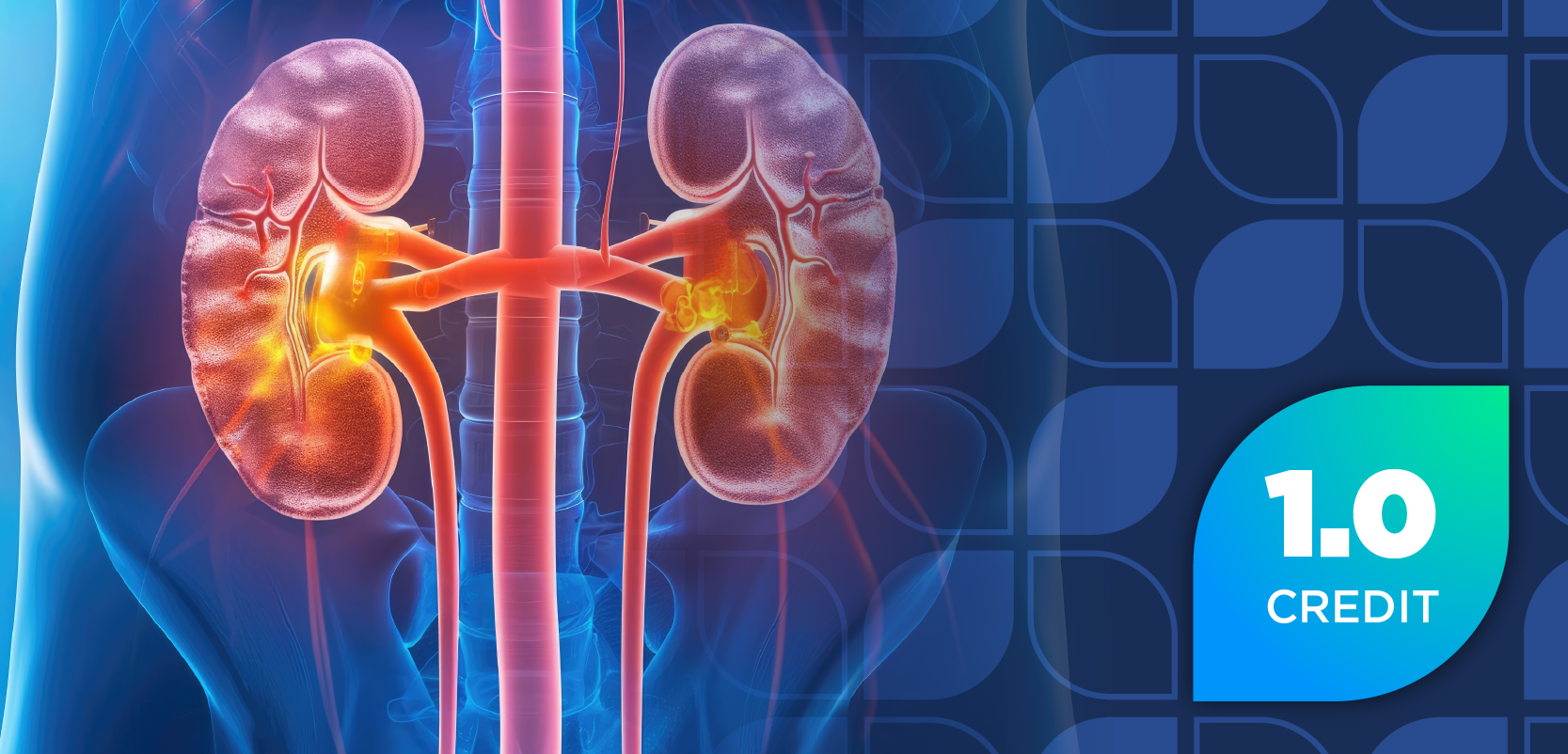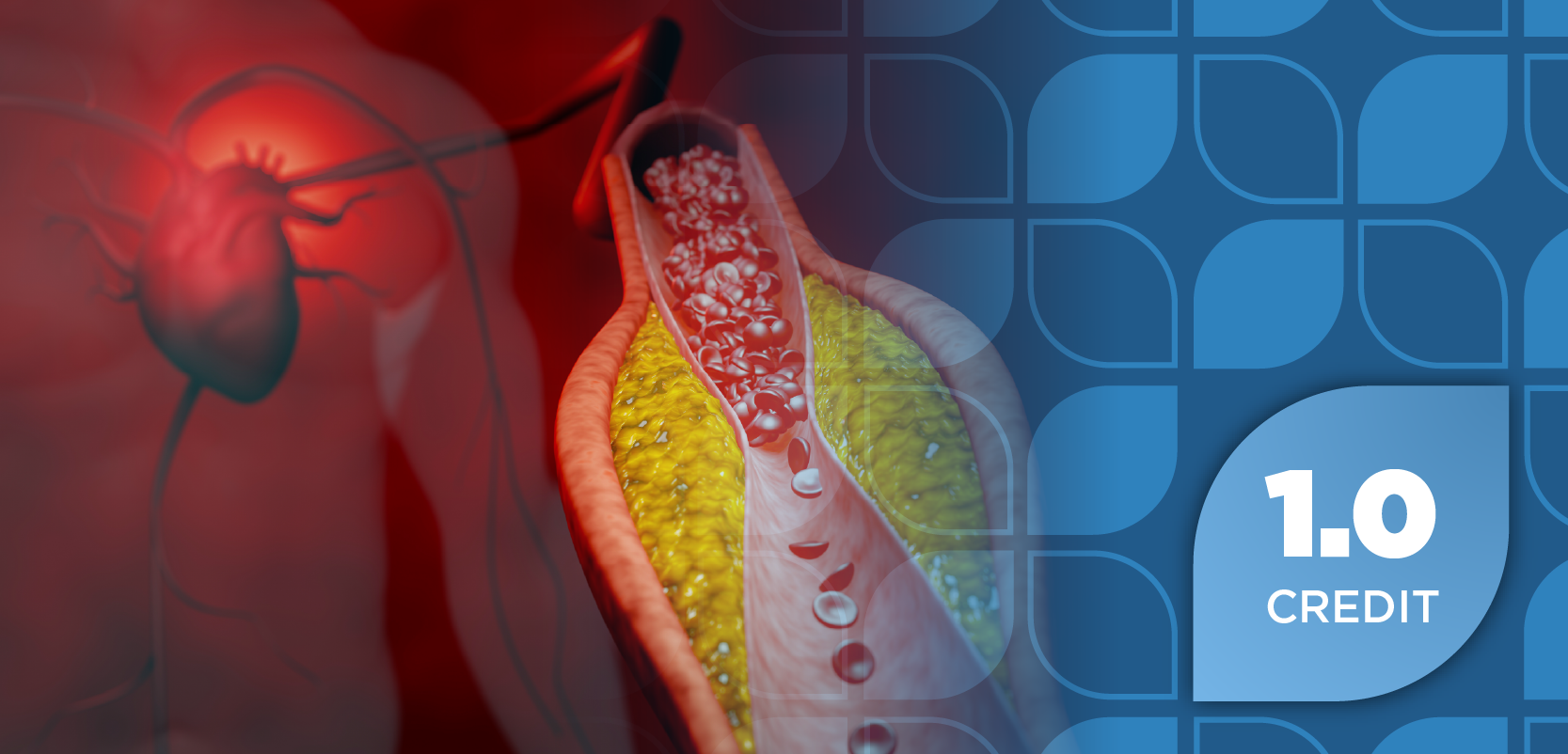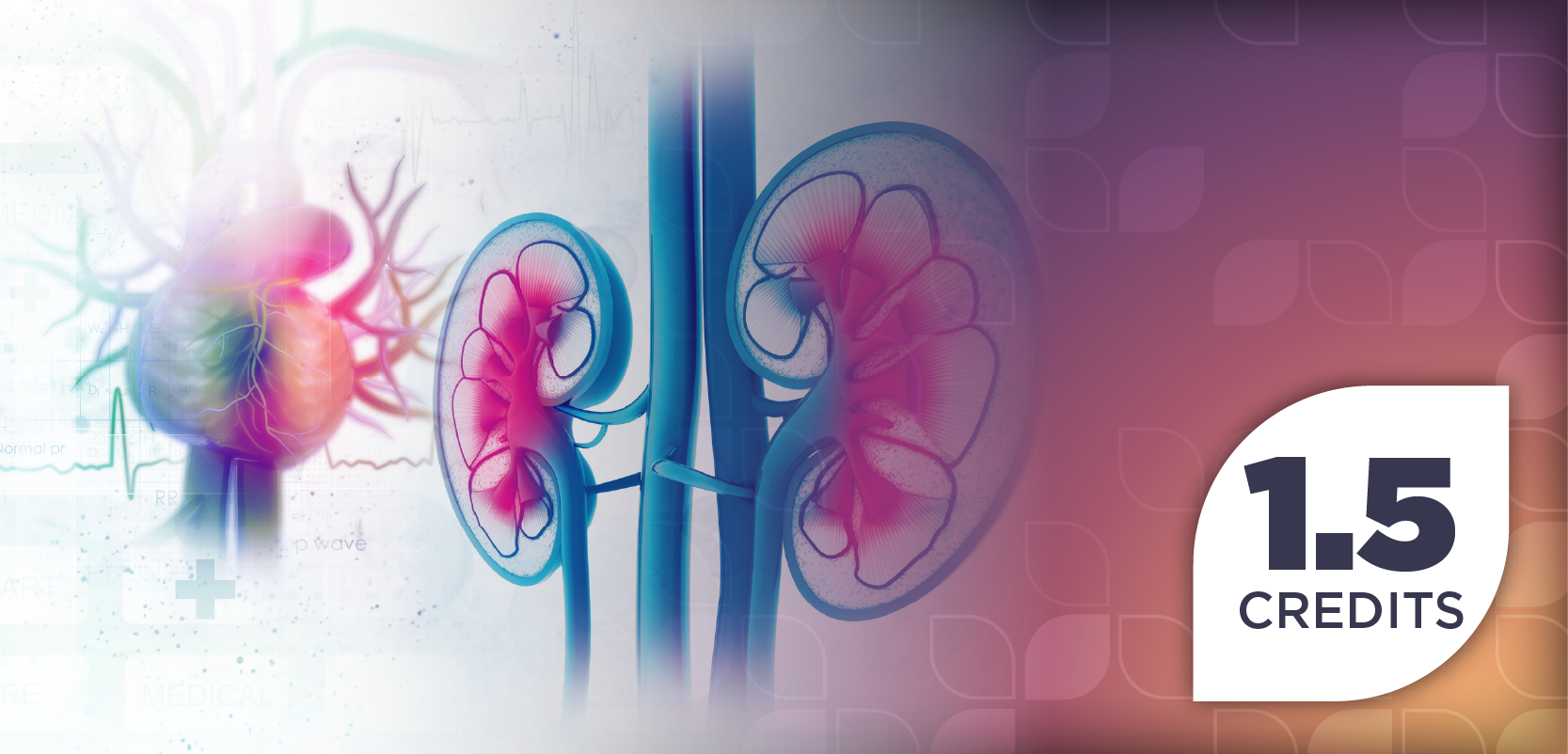
Risk Scores Using Molecular Data Can Better Identify Patients With Primary Myelofibrosis Who Benefit From HSCT
Key Takeaways
- MIPSS70/MIPSS70 V2 scores predict HSCT survival benefits in primary myelofibrosis patients, aiding in transplant decision-making.
- HSCT is limited by non-relapse mortality risks, necessitating careful patient selection using prognostic scores.
More accurate prognostic risk assessment could aid pharmacists in the management and counseling of patients with primary myelofibrosis.
Investigators have found that the Mutation-Enhanced International Prognostic Score System (MIPSS70/MIPSS70 V2), a clinical-biological score that incorporates molecular data, can be effectively used to determine the potential survival benefit associated with hematopoietic stem cell transplantation (HSCT) compared with non-HSCT strategies in patients with primary myelofibrosis (MF).1
There have been multiple classifications developed to assist in predicting overall survival (OS) and the risk of disease progression in patients with MF. The Dynamic International Prognostic Scoring System (DIPSS) and DIPSS Plus have been typically used and validated in studies to help determine the risk of progression to acute myeloid leukemia (AML) in primary MF.1,2
Although HSCT is the only curative treatment for primary MF, the risk of non-relapse mortality limits the use of the procedure to patients who are fit and younger, despite the disease generally occurring in patients older than 60 years. Investigators have utilized prognostic scores to determine prognosis following HSCT, but determining which patients would benefit prior to transplant—and when HSCT should occur—has remained difficult.1,3
The current investigators sought to investigate a cohort of French non-transplanted patients and a cohort of international transplanted patients, all with molecular annotations, to determine the potential survival benefit associated with HSCT in patients with primary MF according to MIPSS70 risk scores. In addition, they aimed to describe the role of high-risk mutation (HRM) in deciding whether to undergo HSCT.1
Scores for MIPPS70, MIPPS70 V2, and DIPSS were calculated at diagnosis and all available follow-up points in the non-transplanted patients, aided by clinical data and somatic mutations screened at diagnosis. Next-generation sequencing produced a molecular evaluation at the time of transplantation in the transplant cohort and at the time of diagnosis in the non-transplanted cohort, according to the study authors.1
Key patient characteristics were described by the study authors. Non-transplanted patients (n = 241) were found to be older, with higher hemoglobin and platelet levels, in addition to fewer constitutional symptoms compared with transplanted patients (n = 239). For the transplant group, 31% of patients were treated with ruxolitinib (Jakavi; Incyte Corporation), while 29.7% of patients were treated in the non-transplant group.1
Upon the completion of their analysis, the investigators confirmed that patients with primary MF who have a high-risk MIPSS70 or a high/very-high risk MIPSS70 V2 have a benefit of long-term survival with HSCT. In addition, they were able to successfully identify a subgroup of intermediate MIPSS70 patients who could benefit from transplantation if they were deemed low or intermediate on the Myelofibrosis Transplant Score System (MTSS), another prognostic scoring mechanism.1,3
Despite the efficacy of MIPSS70 in determining patients who could benefit from HSCT, the study authors discuss several points regarding the potential of non-relapse mortality. They note that, in this current study, they did not observe an effect on post-transplantation mortality due to the lengthy period that patients may wait before transplant. Rather, MTSS score, age, or the type of donor were the biggest contributors to post-transplant mortality.1
Most importantly, they discuss how treatment management has improved in part due to widespread treatment with ruxolitinib and that scoring systems such as MIPSS70 that aim to predict non-relapse mortality should be updated accordingly. Based on these results, though, the authors deemed MIPSS70 a reliable score to make transplant decisions in patients with primary MF and noted that combination with MTSS could provide for even more thorough assessment, especially in patients with moderate disease.1
REFERENCES
1. Paz DL, Gagelmann N, Benajiba L, et al. Role of molecular alterations in transplantation decisions for patients with primary myelofibrosis. Blood Adv. 2024. doi:10.1182/bloodadvances.2024014368
2. Passamonti F, Cervantes F, Vannucchi AM, et al. Dynamic International Prognostic Scoring System (DIPSS) predicts progression to acute myeloid leukemia in primary myelofibrosis. Blood. 2010;116(15):2857-8. doi:10.1182/blood-2010-06-293415
3. Gagelmann N, Ditschkowski M, Bogdanov R, et al. Comprehensive clinical-molecular transplant scoring system for myelofibrosis undergoing stem cell transplantation. Blood. 2019;133(20):2233-2242. doi:10.1182/blood-2018-12-890889
Newsletter
Stay informed on drug updates, treatment guidelines, and pharmacy practice trends—subscribe to Pharmacy Times for weekly clinical insights.













































































































































































































